Mapped: Renewable Energy As A Percentage Of Power Generation, By Country
(Click on image to enlarge)
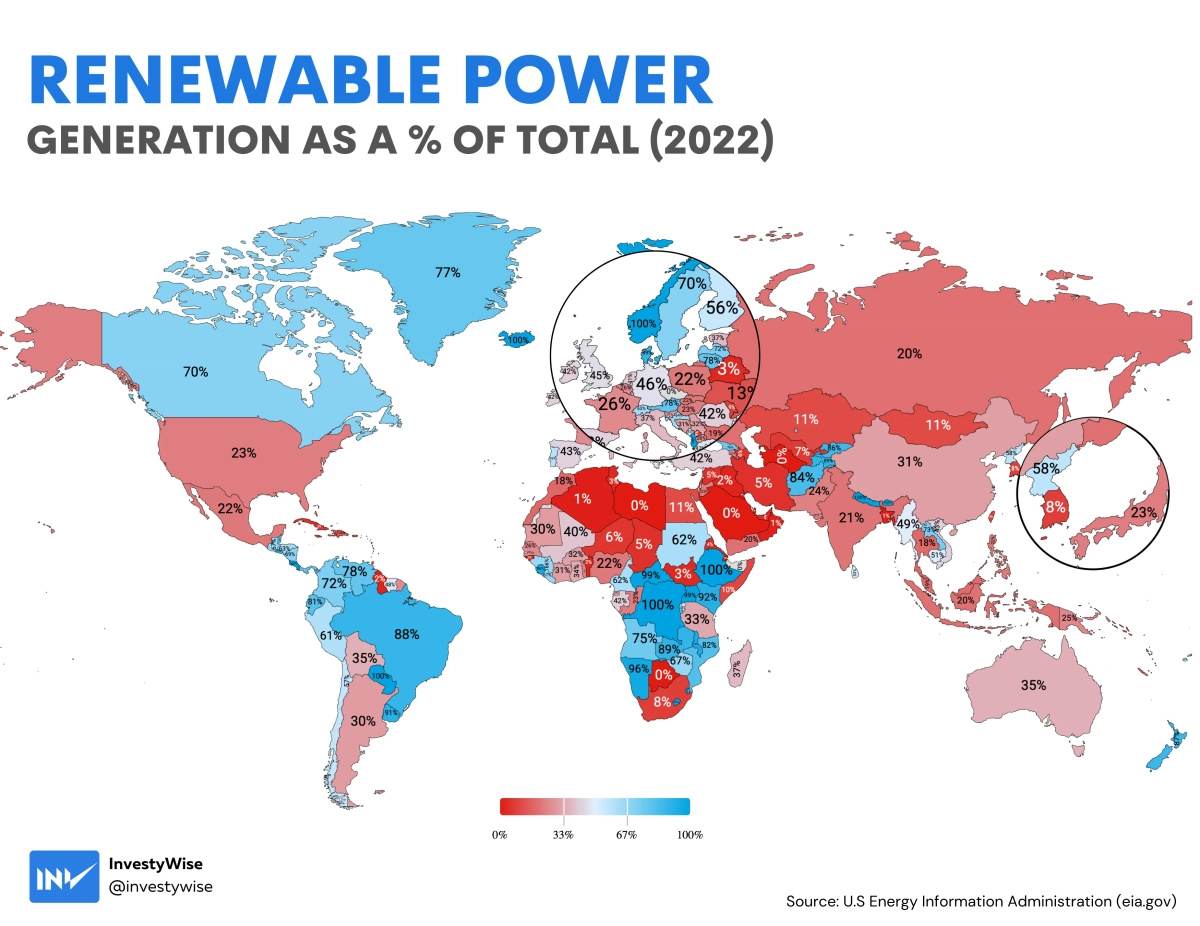
Renewable Energy by Country (2022 Data)
As of 2024, the global average for electricity generated from renewable sources is 29%.
While all countries vary on this metric, wealth is not the primary determining factor. Given their current wealth, many countries over-perform and under-perform on renewable energy.
This visualization, by creator Rakshit Jain, compares renewable power generation by country based on 2022 data from the U.S. Energy Information Agency.
The Leaders and Laggards
Several countries have managed to move their entire electricity grid to renewables.
The countries with a 100% renewable grid include some of the wealthiest countries, such as Norway and Iceland, but also some less wealthy ones like Ethiopia and Paraguay.
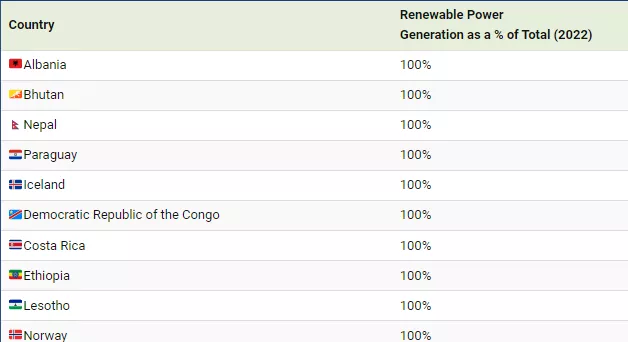
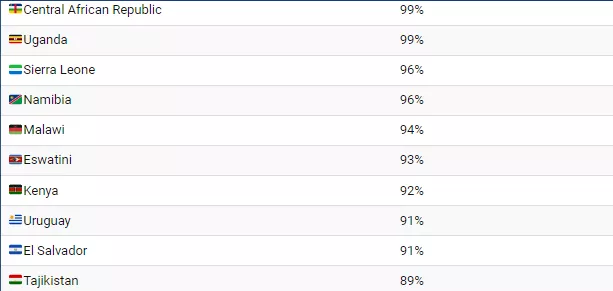
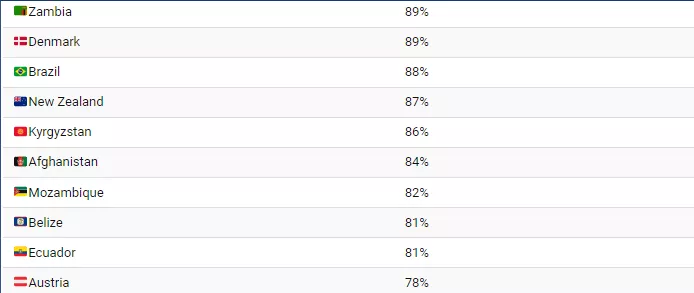



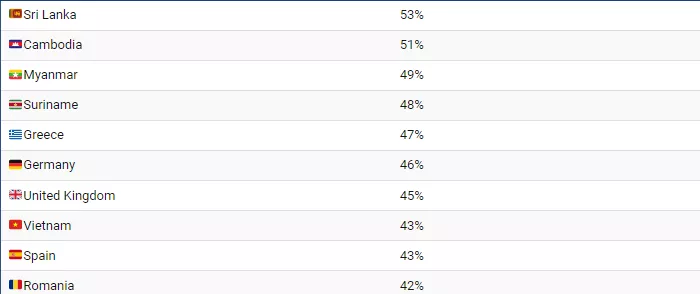



Source: U.S. Energy Information Agency
On the other end of the spectrum, the share of renewables in Saudi Arabia’s energy mix is zero, which is perhaps not surprising for one of the world’s largest oil producers. Interestingly, tech-heavy South Korea only sits at 8% of power being generated by renewables.
The World’s Largest Economies
As the world’s largest economy, how the U.S. performs on this metric is critical for Paris’ net-zero targets. The U.S. has 23% of their grid run off of renewables.
America’s primary economic rival, China, has a figure slightly higher than the global average at 31%. The third largest economy, Germany, gets 46% of their power from renewable sources.
More By This Author:
Real Estate Bubbles: Rent Prices Going Up Or Down?
How Much Do G7 And BRICS Countries Rely On The Taiwan Strait?
Real Home Price Changes In Bubble Markets
Disclosure: None



